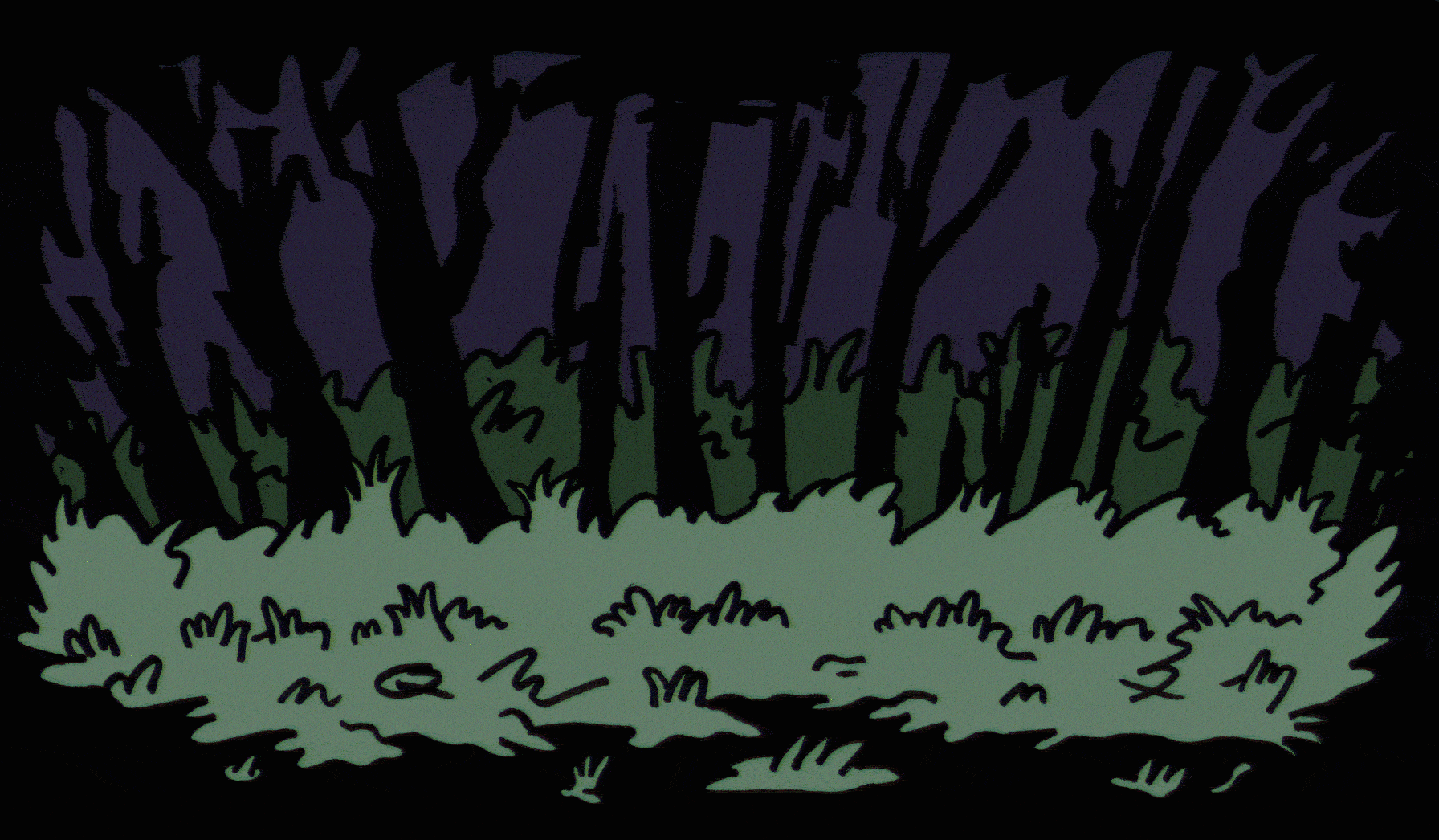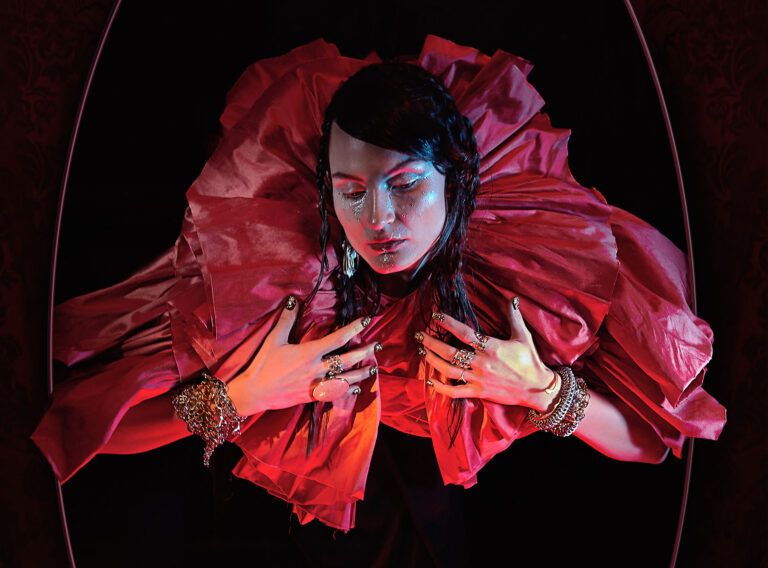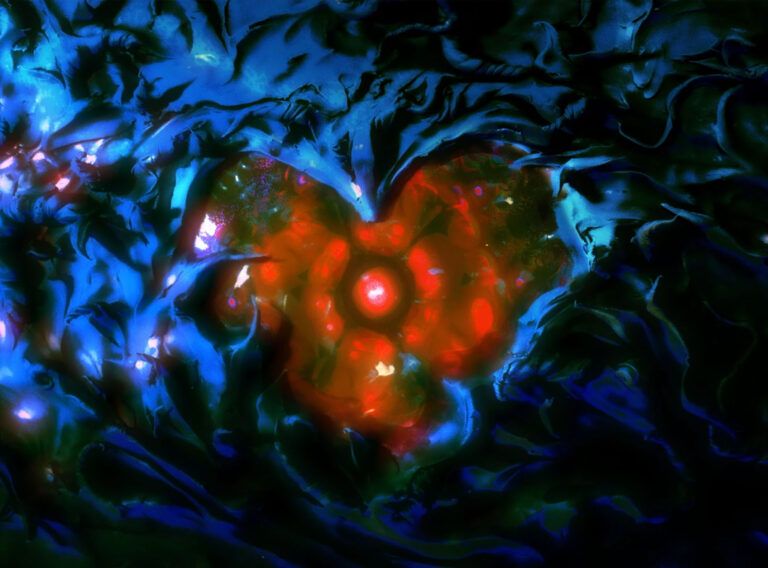Greetings, weary traveller, friend,
you’re welcome to join us and rest, for now, we’re sharing stories. You might find them refreshing although they rarely have a satisfactory ending. You see, their very nature is to never reach a resolution, at least not in one’s lifetime. They’re a run-on sentence, ever so often put on a more or less deliberate pause, only to burst out of a different mouth later. They get told and spun eternally, a little bit different, a lot the same, little bit borrowed, little bit stolen.
See, you have stumbled upon HERITAGE, our very first quarterly theme, which will be our shared home or the upcoming three months. It’s time to dig, time to heal, and time to tell stories.
Stories of subtle transformations of your surroundings and environment you decided to track and note. The hereditary traits that run in your family or were imprinted by your beloveds and familiars. The folklore, sayings, chants, spells, symbols, fables, fabrics, rumours, and legacies you wish were yours and those you wish weren’t. The anxieties, the disorders, the habits, the twitches, the tics, the thought processes, upbringing, history, bits that didn’t make it. And none of the above. Heritage is one’s to decide.
You say nothing out there is new? You say the tunes have been wrung dry? That the lore has been hewn thin? My hatchling, you haven’t been paying attention. Tradition can be the matter of a million, and it can be a matter of one.
There are many precious things we’ll be serving you until May: clothes inspired by volcanic rocks, coal, animal sources, and carbonisation. Futuristic clothing made with ancient weaving techniques from Ukraine, various interpretations of sacred garments and challenging the notion of “heritage”. Jewellery from silver recycled from prosaic human items such as electronics and medical equipment, with interwoven myths and legends concerning jewellery-making and metalwork. Hand-knitted, hand-crocheted beaded headpieces from Lithuania. Biology, anthropology and Russian folklore reflected in anthropomorphic wearable textile objects.
Illustrations and paintings of pre-Christian pagan rituals, used for banishing bad spirits and ghosts, mirrored and repurposed in the symbolism of current everyday things. Catholic-themed sculptures made out of potatoes, posing agriculture and its repetitiveness as a sort of everyday ritual worship. A fictional video biography of a Polish grandmother who joins a rebellion to fight for a better future. The wolfgirl in Moravian folklore costume, woodsheds in flames, undead farmer’s wives with eyeballs dangling. Pyrographies with themes of Slovakian folklore that bear a twist to reflect the Slovak political past and atmosphere. Oil paintings of dogs in folk costumes, animal feasts in graveyards, animals acting as keepers of Moravian folklore traditions, white rabbits burning witches at the stake.
Site-specific projects that point out historical contexts through sandbag walling. Video art with the aesthetics of video clips, chaotic and symbolic, with the erratic hand-held camera itself becoming a figure walking through last moments of sanity and anxiety-inducing reality that never existed. Satan will throw an Airbnb ball inspired by MiTochail Bulgakov’s The Master and Margarita. New short horror movie about post-soviet born children and their night dreams. A look inside the story of two souls, relaxing on a beach in the scary autumn atmosphere – mysterious symbolist-era totems will help them learn something about themselves.
Long-term time-lapse photo archive of the Czech National Museum and its reconstruction as obsessive documentation of environment to preserve memories, emptiness as a symbol of secrecy. Silesian heavy industry architecture and its changes in the economic turmoil of the 90s and the portraits of miners in the industrial city of Ostrava, the Czech Republic, blending into their surroundings. Central and Eastern European history of witchcraft. Keeping traditional Moravian weaving techniques alive through decorative tapestry pieces or weaving fabrics for collections of young Czech designers.
90s Gruzian stealthy typography that was used to trick the regime to convey secret messages. Illustrations that throw in the mix childhood memories, Slavic folklore, Belarusian everyday life, USSR past, influence of Eastern European nature, villages, pagan traditions and legends. The first Czech book about digital colonialism.
Stick with us for the whole journey; we promise there will always be wonder, fire to keep you warm and not too many bumps on the road.
Love, your SWARM team.
For your educational and inspirational pleasure:
Slavonic Fairy Tales: Collected and Translated from the Russian, Polish, Servian, and Bohemian. London: Henry S. King and Company, 1874 by Naaké, John T.
Networking the Bloc – Experimental Art in Eastern Europe 1965–1981 by Kemp-Welch
Digital book library with Slavic and Other Eastern European Folk and Fairy Tales / https://www.pitt.edu/~dash/slavic.html
Wilder Mann: The Image of the Savage by Charles Fréger
Folk Costumes of the World by Robert Harrol
Norse Religion: The Cult of the Dead
The Handbook Contemporary Animism by Graham Harvey
People of Colour in European Art History
Heights of Fashion: a History of the Elevated Shoe by Elizabeth Semmelhack
World History Maps & Timelines – amazing interactive map since 3000 BC
Folkcloud – Complete archive of folk music around the world
Spotify Playlist of Various Bulgarian Folklore Artists
Jdi na venkov!: Výtvarné umění a lidová kultura v českých zemích 1800–1960 by Tomáš Winter (ed.), Pavla Machalíková (ed.)
Filosofie en noir, Miroslav Petříček, Karolinum 2018
L’archéologie du savoir, Michel Foucault, Éditions Gallimard 1969
Die Krisis der europäischen Wissenschaften und die transzentale Phänomenologie: Eine Einleitung in die phänomenologische Philosophie, Edmund Husserl, 1936
Die andere Seite, Alfred Kubin, 1909
A Geology of Media, Jussi Parikka, 2015
A Geology of Media 2015 • Author: Jussi Parikka
Rosna, album by Laboratorium Pieśni, a female singing group from Poland using traditional polyphonic singing
CREDITS
Text / Františka Blažková
Artwork (animated gif) / Vojta Kočí




